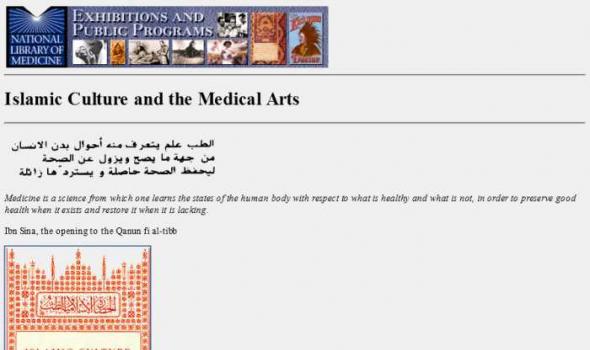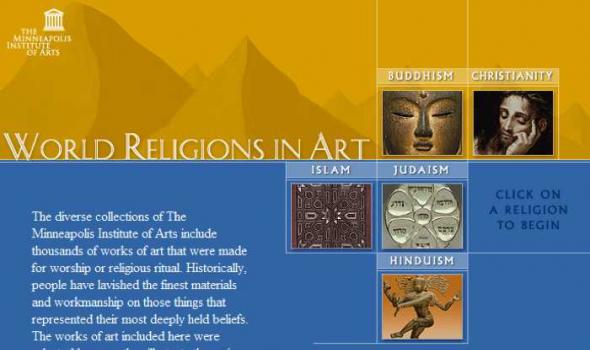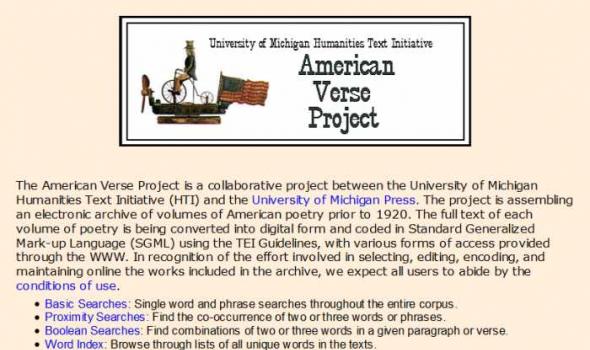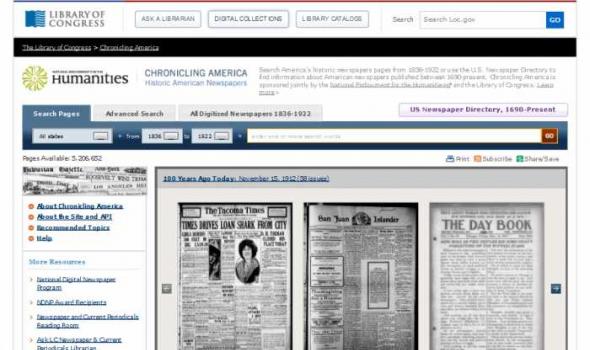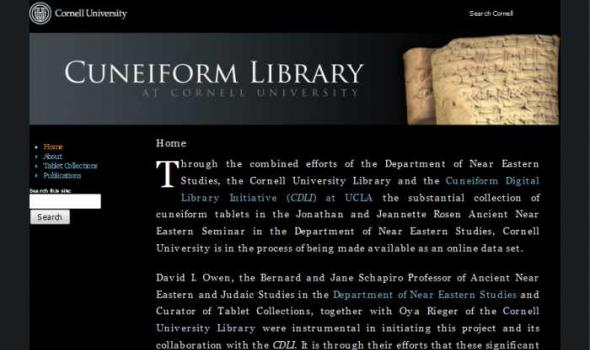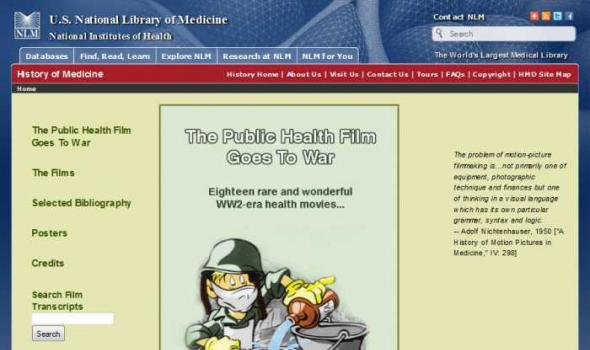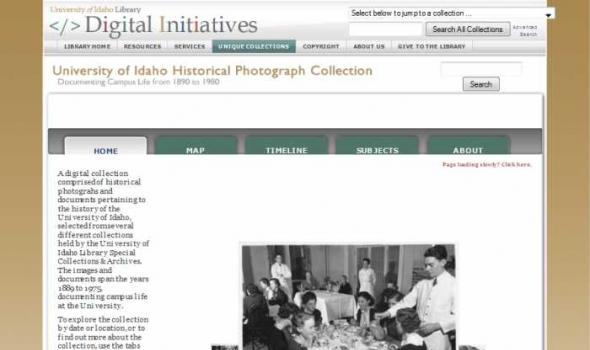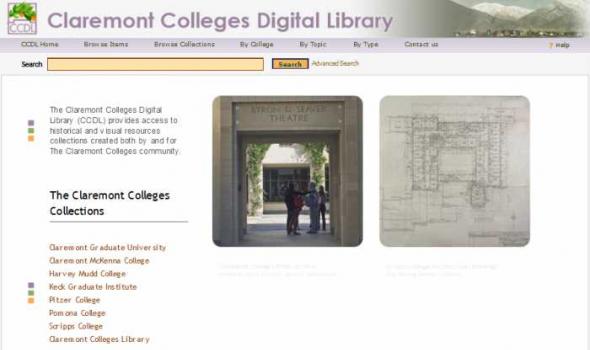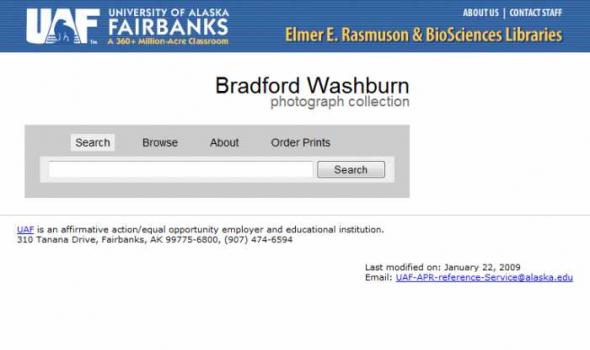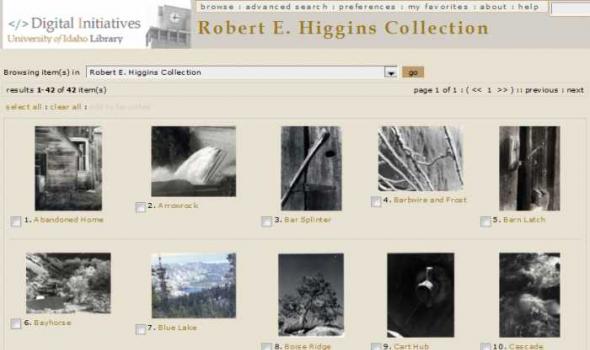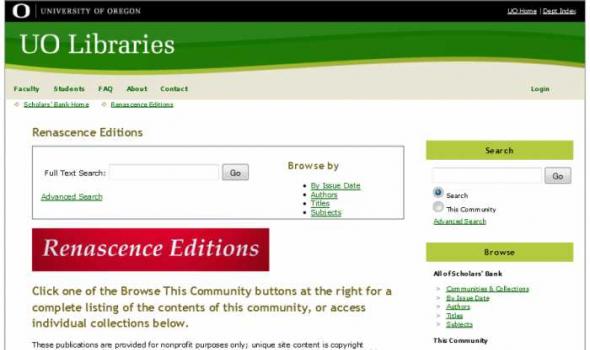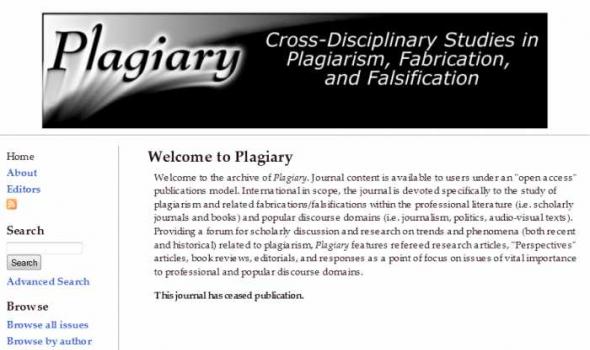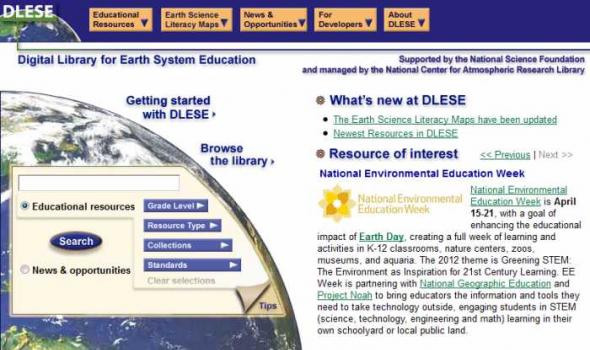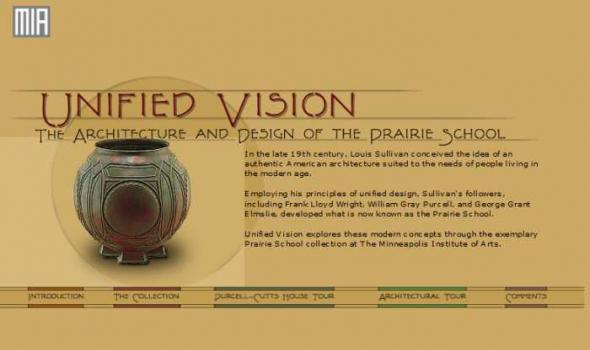Islam
Through the Islamic Heritage Project (IHP), Harvard University has cataloged, conserved, and digitized hundreds of Islamic manuscripts, maps, and published texts from Harvard’s renowned library and museum collections. These rare—and frequently unique—materials are now freely available to Internet users worldwide. IHP is made possible with the generous support of Prince Alwaleed Bin Talal . For the IHP, Harvard’s Open Collections Program (OCP) has produced digital copies of over 280 manuscripts, 275 printed texts, and 50 maps, totaling over 156,000 pages. Users can search or browse online materials that date from the 10th to the 20th centuries CE and represent many
The Koran About the Koran This is an electronic version of The Holy Qur'an, translated by M.H. Shakir and published by Tahrike Tarsile Qur'an, Inc., in 1983. The text was provided by the Online Book Initiative and subsequently marked up at the HTI in SGML. Like all the versions of this text derived from the Online Book Initiative, it is not free from errors and represents the text as published. We will strive to correct any transcription errors pointed out to us. Last revision 7 January 2000 (corrected a number of typos and encoding problems).
Interest in the Middle East and the Islamic world is at an all time high, generating a corresponding increase in demand for specialized teaching, learning and transmitting critical knowledge and perspectives on this part of the world. Understanding this region involves learning about the social, political, religious and cultural issues – past and present – that shape the Islamic world of today. Studying Middle Eastern cultures and peoples across all time periods provides a crucial framework for understanding the complex relationship between Islam and the West today.
Site developed & hosted by Center for Digital Scholarship Brown University Library Providence, RI 02912 The Minassian collection and its holdings of early Qur’an folios This database catalogues the holdings of over 200 Qur’anic manuscript folios dating from the 9th to the 16th centuries housed within the special collections of the Brown University libraries. These items were acquired as part of a treasury of rich artistic and textual items donated in 1998 to Brown by Adrienne Minassian, the daughter of Kirkor Minassian (1874–1944), who was an active art collector and dealer based in New York and Paris in the early 20th century.
Medieval Islam Islamic cultures are among the most interesting, complex, and dynamic in the world. At the same time, they are among the least known in the West. From its dramatic rise in the seventh century A. D. to the present, Islamic civilization has covered a large part of the globe, incorporating many subcultures and languages into its orbit, and vigorously engaging the peoples around it. Medicine was a central part of medieval Islamic culture. Disease and health were of importance to rich and poor alike, as indeed they are in every civilization. Responding to circumstances of time and place, Islamic physicians and scholars developed a large and complex medical literature exploring and synthesizing the theory and practice of medicine.
Islamic Culture and the Medical Arts Preface On the 30th of November 1094 AD (or to be more precise, the 19th of the month Dhu al-Qa`dah in the year 487 of the Muslim era), a scribe in Baghdad completed a copy of an Arabic treatise by one of the most important medieval physicians and clinicians -- Abu Bakr Muhammad ibn Zakariya' al-Razi, who worked in Baghdad in the previous century and was later known to Europe as Rhazes. This manuscript is the oldest volume in the National Library of Medicine (NLM) and the third oldest Arabic manuscript on any medical topic known to be preserved today.
The diverse collections of The Minneapolis Institute of Arts include thousands of works of art that were made for worship or religious ritual. Historically, people have lavished the finest materials and workmanship on those things that represented their most deeply held beliefs. The works of art included here were selected because they illustrate the main theological concepts of the world's major religions. The texts attempt to provide concise overviews and are intended to serve as comparative teaching resources. Each entry was reviewed by a knowledgeable practitioner and/or ordained clergy of that faith.
by Gracia Clark The Muslim men and women in this gallery live and work in Kumasi, Ghana. They are not professional scholars or teachers, but they are deeply interested in following the principles of Islam. Their interpretations of the requirements and values of their faith influence their behavior at home, with their neighbors and at work as traders and tailors. Muslims are a minority in their city and country, where Christianity is the dominant religious affiliation and indigenous spiritual practices remain popular. The broader community sometimes neglects their interests or discriminates against them, but they continue trying to live a virtuous life and to expand their understanding of the Koran through study groups and discussions.
Pluralism and Adaptation in the Islamic Practice of Senegal and Ghana is a digital library of multi-media resources that demonstrate how innovative Africans have been in the history of Islam and Islamic practice and how they continue to live and experience Islam.
Four digital galleries – two from Senegal and two from Ghana – emphasize pluralism - the coexistence and indeed the mutual respect among people of different religious persuasions - and adaptation – situations where Islam takes root in a particular society and culture that changes over time.





